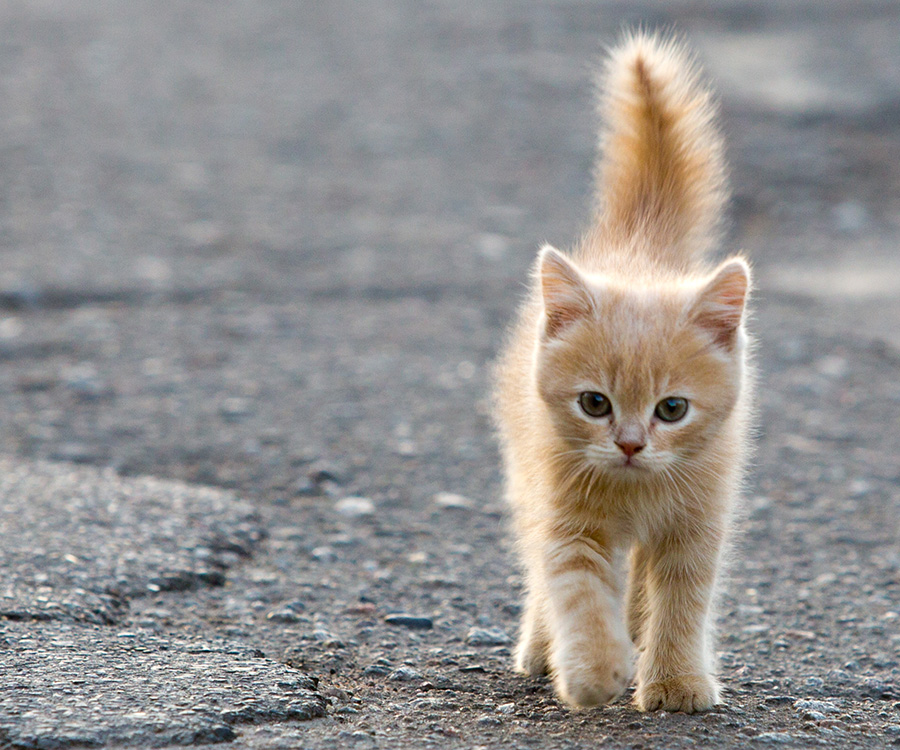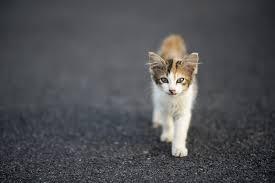San Diego Humane Society Revamps Stray Cat Policy After Legal Battle Over Community Cats
New Guidelines Aim to Balance Shelter Capacity, Animal Welfare, and Legal Compliance
San Diego, California — After a prolonged legal battle, the San Diego Humane Society has officially revised its approach to managing stray and "community cats"—a shift that could lead to more homeless felines finding refuge in shelters rather than being returned to the streets. This transformation follows a court ruling that found the organization's prior handling of potentially adoptable cats to be in violation of state law.
Background of the Controversy
In 2021, two animal welfare organizations, along with additional plaintiffs, filed a lawsuit against the Humane Society. Their main concern was that adoptable, possibly abandoned cats were being wrongfully released back into the community without appropriate assessment or care. These cats were being sterilized, vaccinated, ear-tipped, and returned to their original location under the Society’s “Community Cat Program.”
Plaintiffs argued that this practice neglected the welfare of cats that might have once been pets or could be suitable for adoption.
Court's Findings and Required Reforms
In a December ruling, San Diego Superior Court Judge Katherine Bacal determined that the Humane Society’s practice of turning away stray adult cats—without making efforts to identify caretakers or owners—violated California law. Specifically, the court criticized the policy of evaluating cats based heavily on temperament and “sociability,” stating it could result in abandoned cats being wrongly released back into unsafe environments.
The ruling compelled the Humane Society to revisit and modify its Community Cat Program.
What’s Changing in the Community Cat Program
In February, the San Diego Humane Society introduced three major changes to address the court’s concerns:
Sterilized Cats Without Ear Tips Can Now Be Sheltered
Previously, cats without proof of ownership but showing signs of having been neutered or spayed were often classified as community cats and returned outside. Now, such cats may be taken into the shelter for further evaluation.
Expanded Assessment for Older Kittens
Kittens up to six months of age now receive more nuanced evaluations for sociability and adoptability. This means more young cats may qualify for shelter intake and potential adoption, rather than being marked as feral.
Discretion Allowed for Previously Owned Cats
Shelter staff now have the discretion to admit cats if there is a reasonable belief—based on behavior, appearance, or other signs—that the cat may have been someone’s pet, even in the absence of microchips or collars.
These changes were recently upheld by the court, which acknowledged that the program had been “sufficiently modified” to comply with legal requirements. Judge Bacal concluded that the updated policies resolve the original violations without demanding further changes.
How the Two Sides View the Outcome
While the plaintiffs celebrated the revised policy as a victory for animal welfare, emphasizing that more cats now stand a chance to be reunited with their families or adopted, the Humane Society also framed the outcome as a legal and operational validation.
The organization highlighted that the court did not mandate the inclusion of sociability as a factor in determining a cat’s status—something the plaintiffs had pushed for.
Expert Insight and Internal Response
Dr. Zarah Hedge, Chief Medical Officer at the Humane Society, explained that the organization had always intended to comply with both the spirit and the letter of the law. She emphasized that the program adjustments, while not drastic, add meaningful layers of protection for community cats.
“We wanted to make sure our practices were humane, science-based, and legally sound,” she said. “These changes ensure that cats who may have been someone's pet—or could become one—aren’t overlooked.”
Dr. Hedge also noted that the shelter’s capacity remains a concern, but the revised program offers staff more flexibility without overwhelming resources.
Scale and Impact of the Program
Since its formal implementation in March 2021, the Community Cat Program has impacted over 18,000 cats in the region. The law continues to distinguish between truly feral cats—which are unsocialized and born in the wild—and domesticated strays.
The Humane Society’s sterilize-and-return model for feral cats remains unaffected by the court’s ruling, as both sides agree on the effectiveness of controlling population growth through such methods.
What This Means for the Future
As shelters across the country face rising populations and limited resources, San Diego’s evolving model may offer a roadmap for other cities navigating the ethical and legal complexities of stray animal management. With legal clarity and a more compassionate intake approach, the Humane Society aims to ensure that cats—especially those once loved and possibly lost—get another shot at finding a safe home.
Conclusion
The updated policy is a step forward in balancing humane treatment, shelter logistics, and legal responsibilities. By refining how cats are classified and admitted, San Diego Humane Society hopes to offer a more thoughtful and fair approach to community animal care—one that meets both societal and legal expectations while keeping animal welfare at the heart of the mission.

